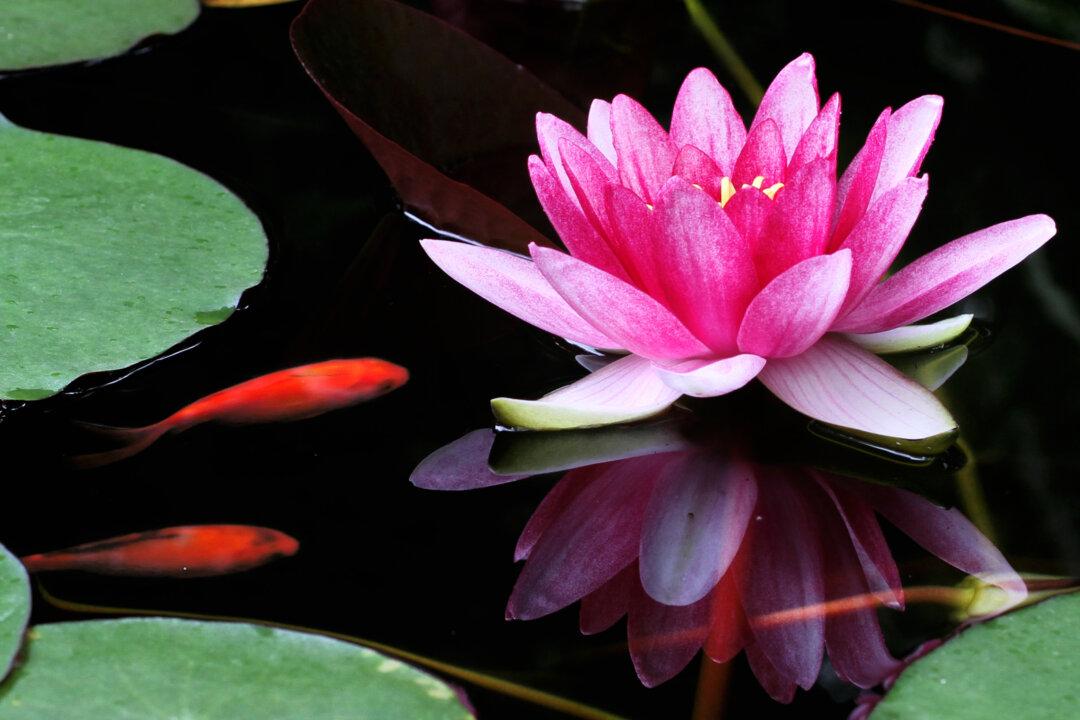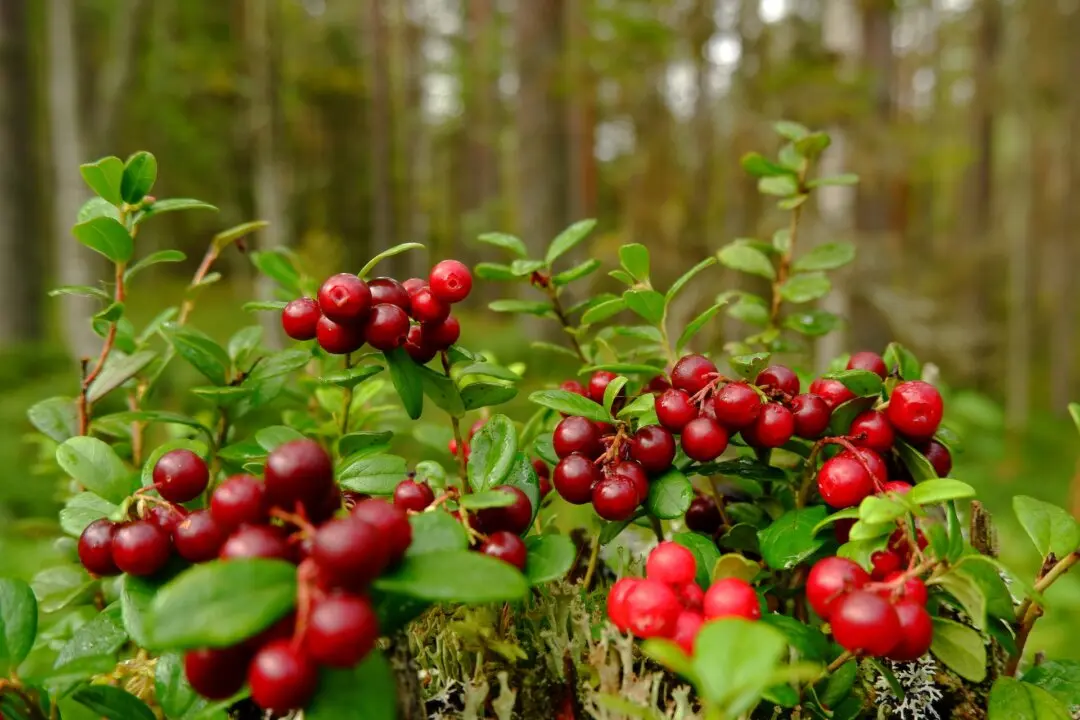Q: This is the first year we have had a water garden. What do we do with the plants over the winter? We expect the pond to freeze for several weeks over the winter. We live in an area that gets a few inches of snow each winter, but the winters are not too bad.
A: Winter care for water garden plants is similar to care for dry-land annuals and perennials. If you know that the plant is an annual and that it won’t survive cold weather, then remove it before it starts to decay in the pond, where it might pollute the water. Some annuals and some tropical plants that are used in water gardens can be moved indoors for the winter. Sunny rooms are best, but a south-facing window can work. If they don’t have lots of light, the plants will probably not make it all the way until spring.





